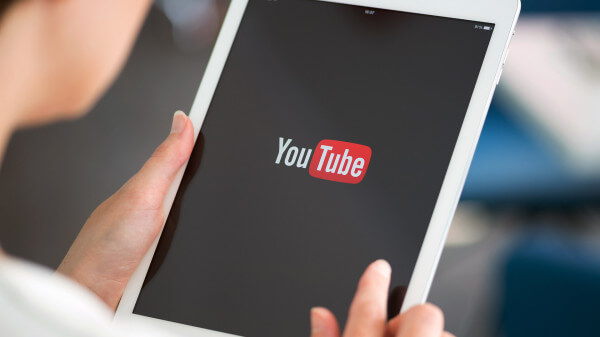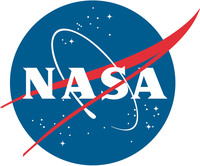YouTube is clearly evolving before our eyes — from a site that was largely about viral, user-generated content (UGC) to a premium content destination that may one day be a viable replacement for cable TV. First the news. Google/YouTube has signed deals with more studios to expand the range of full-length TV and movies content […]
Google/YouTube has signed deals with more studios to expand the range of full-length TV and movies content on the site. From the NY Times today:
The agreements with the studios, which include Sony, Lions Gate, MGM and others, are significant because YouTube dominates online video. Nearly two-thirds of all video views in the United States occur on YouTube, according to the measurement firm Nielsen. Last month the site had more than 90 million visitors, 10 times as many as the next biggest site, comScore said.
These deals will bring “thousands of TV episodes and hundreds of movies” to YouTube. Call it the “Hulufication” of YouTube.
 The other piece of news is that Google is introducing TVAds online:
The other piece of news is that Google is introducing TVAds online:
We’re excited to announce the beta launch of Google TV Ads Online. This is a new feature of Google TV Ads that lets advertisers place commercials into the ad breaks of TV programs watched online. It works in the same way as Google TV Ads: advertisers can target specific programs and select their cost-per-thousand (CPM) bid. Based on their targets, budget and bid, ads are inserted in the same program breaks that were designed for advertising when the programs first aired. (Ads may also be shown “pre-roll”, before the program begins, or after the online presentation of the program “post-roll.”) And like Google TV ads, we provide advertisers with measurement tools that give greater insight into how their ads perform with users.
The Google post explicitly mentions YouTube as one place where these ads will run. In addition, in his remarks yesterday on the Google earnings call, CEO Eric Schmidt said in passing that micropayments would probably make their way into YouTube in the future (think movie rentals). Google also discussed three growth areas for the business beyond core search and SEM: display, apps and mobile. Display for Google is largely about driving greater brand adoption of YouTube, which has been somewhat challenging because of the UGC dominance of the site.
One of Google’s main reasons for buying YouTube was its display ad potential. DoubleClick more obviously so.
So imagine a time when the internet is fully available through the screen in the living room (it is today but not to many). YouTube and Hulu may become viable replacements for costly cable TV subscriptions or even Netflix if there’s enough quality content there. For their part, advertisers, more comfortable and familiar with premium content, will be increasingly unable to ignore YouTube’s reach — and targeting capabilities.




